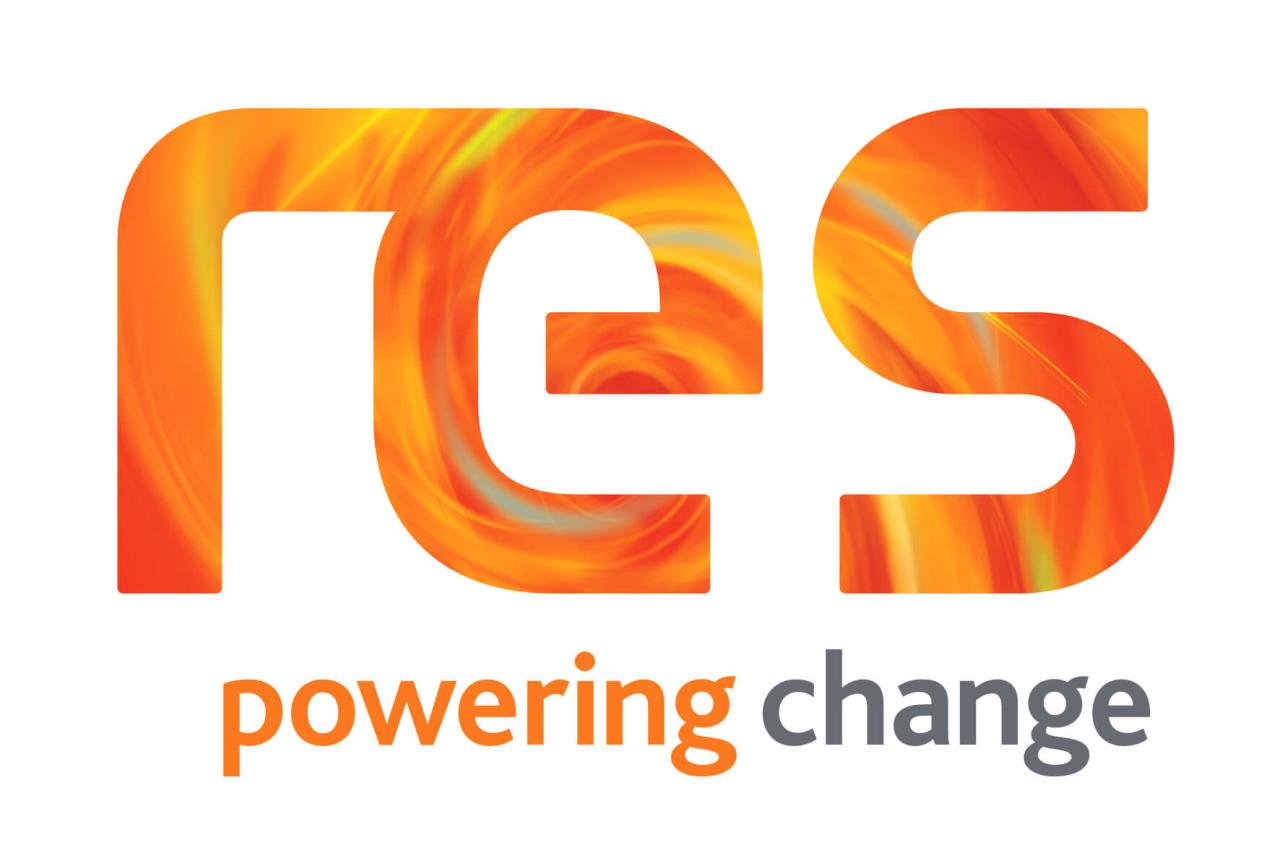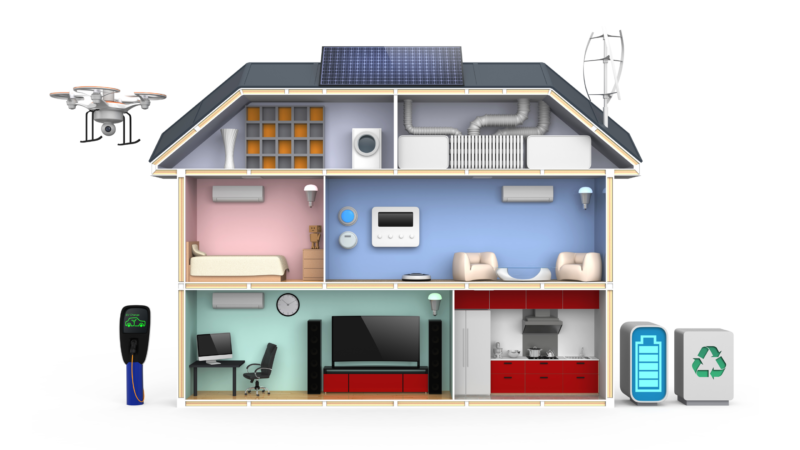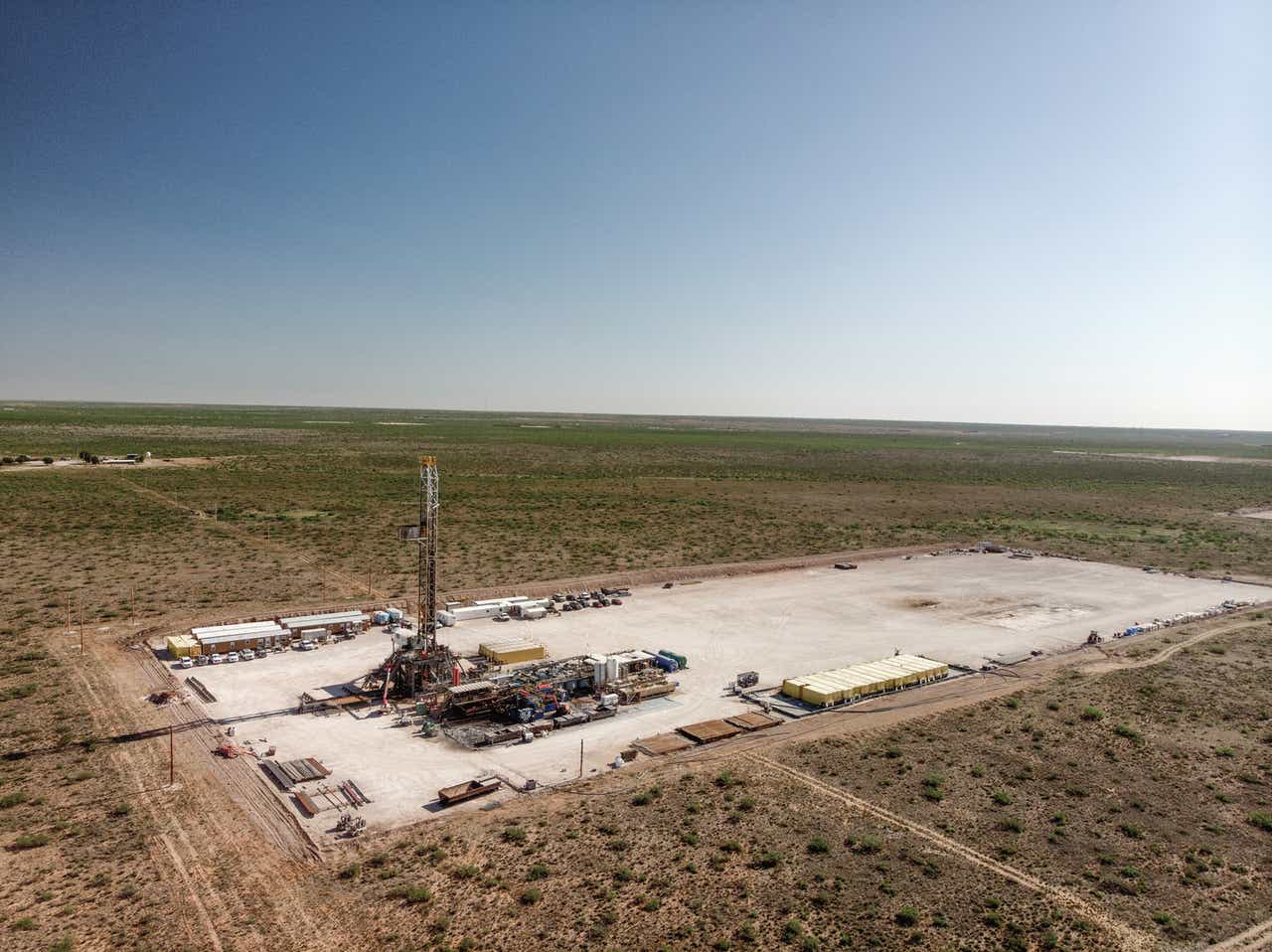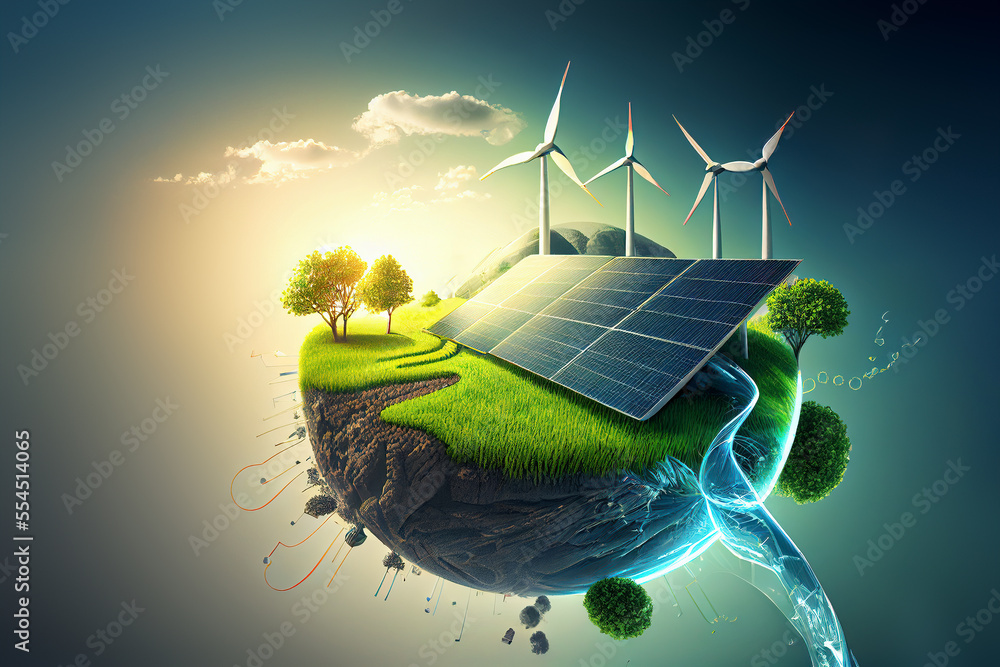RES Technologies: Shaping a Sustainable Energy Future
RES technologies, or Renewable Energy Sources, are revolutionizing the energy sector by providing clean, sustainable alternatives to fossil fuels. These technologies harness the power of natural resources like sunlight, wind, […]

RES technologies, or Renewable Energy Sources, are revolutionizing the energy sector by providing clean, sustainable alternatives to fossil fuels. These technologies harness the power of natural resources like sunlight, wind, water, and geothermal heat, offering a path toward a greener and more resilient energy future.
This comprehensive guide explores the diverse world of RES technologies, delving into their various types, applications, benefits, and challenges. From solar and wind power to hydropower and geothermal energy, we examine the potential of each technology to contribute to a sustainable energy transition.
Wind Energy Technologies: Res Technologies

Wind energy is a renewable energy source that harnesses the kinetic energy of wind to generate electricity. It is a clean and sustainable alternative to fossil fuels, contributing significantly to reducing greenhouse gas emissions.
Principles of Wind Energy Generation
Wind turbines operate on the principle of converting wind energy into mechanical energy, which is then transformed into electricity. The process involves the following steps:
- Wind strikes the blades of a wind turbine, causing them to rotate.
- The rotating blades turn a shaft connected to a generator.
- The generator converts the mechanical energy from the shaft into electrical energy.
- The electricity is then transmitted to the grid for distribution.
The power generated by a wind turbine is proportional to the cube of the wind speed. This means that a small increase in wind speed can lead to a significant increase in power output.
Types of Wind Turbines
Wind turbines can be categorized based on their size, design, and installation location.
- Horizontal-axis wind turbines (HAWTs) are the most common type, with blades mounted on a horizontal axis. They are typically used in large-scale wind farms and are further classified into:
- Upwind turbines: The blades are positioned upstream of the tower, allowing for better aerodynamic performance.
- Downwind turbines: The blades are positioned downstream of the tower, offering advantages in terms of cost and ease of maintenance.
- Vertical-axis wind turbines (VAWTs) have blades mounted on a vertical axis, making them suitable for locations with limited space or fluctuating wind directions. Examples include:
- Darrieus turbines: These have curved blades that resemble eggbeaters.
- Savonius turbines: These have S-shaped blades that are more robust but less efficient than Darrieus turbines.
Challenges and Opportunities of Wind Energy Development
The development of wind energy faces several challenges and opportunities:
- Intermittency: Wind energy is an intermittent resource, meaning that it is not always available when needed. This requires integrating wind power with other energy sources or using energy storage systems.
- Environmental impact: Wind turbines can have visual and noise impacts on surrounding communities, and the construction of wind farms can affect wildlife habitats. Careful siting and mitigation measures are crucial to minimize these impacts.
- Cost: The cost of wind energy technology has decreased significantly in recent years, but it is still higher than fossil fuels in some regions. Technological advancements and economies of scale are expected to further reduce costs.
- Grid integration: Integrating large amounts of wind energy into the grid requires advanced control systems and infrastructure upgrades to ensure grid stability.
- Public acceptance: Public perception of wind energy can vary, and gaining public support for wind farm development is essential.
Despite these challenges, wind energy offers significant opportunities:
- Job creation: The wind energy sector creates jobs in manufacturing, construction, operation, and maintenance.
- Energy security: Wind energy reduces reliance on imported fossil fuels, enhancing energy security.
- Climate change mitigation: Wind energy is a clean and sustainable energy source that contributes to reducing greenhouse gas emissions and mitigating climate change.
Biomass Energy Technologies
Biomass energy is a renewable energy source derived from organic matter, such as wood, crops, and waste. It is a sustainable alternative to fossil fuels, as it is constantly replenished through natural processes.
Sources of Biomass Energy
Biomass energy is derived from various sources, each offering unique characteristics and advantages.
- Wood: Wood is a traditional biomass source, widely used for heating and electricity generation. It is readily available and can be sustainably managed through responsible forestry practices.
- Agricultural Residues: Crop residues like corn stalks, rice husks, and wheat straw are abundant and can be used for energy production. This reduces waste and contributes to sustainable agriculture.
- Energy Crops: Dedicated energy crops, such as switchgrass and miscanthus, are specifically grown for their high biomass yield and suitability for energy conversion.
- Municipal Solid Waste: Waste from households and businesses, including paper, plastics, and food scraps, can be processed for energy recovery. This helps reduce landfill waste and promotes resource conservation.
- Animal Waste: Manure and other animal waste can be used to generate biogas, a renewable fuel that can be used for heating, electricity, or transportation.
Biomass Energy Conversion Methods
Biomass energy is converted into usable forms through different methods:
Combustion
Combustion is the most common method of biomass energy conversion. It involves burning biomass to produce heat, which can be used directly for heating or to generate electricity through steam turbines.
Combustion is a chemical process that involves the rapid reaction between a substance with an oxidant, usually oxygen, to produce heat and light.
This method is relatively simple and cost-effective, but it can produce air pollutants, such as particulate matter, nitrogen oxides, and sulfur dioxide.
Gasification
Gasification is a thermochemical process that converts biomass into a combustible gas called syngas. Syngas is a mixture of carbon monoxide, hydrogen, and other gases that can be used for electricity generation, heat production, or as a fuel for transportation.
Gasification involves reacting biomass with a limited amount of oxygen at high temperatures to produce a mixture of combustible gases.
Gasification offers several advantages over combustion, including lower emissions and higher energy efficiency.
Pyrolysis
Pyrolysis is a thermal decomposition process that converts biomass into solid, liquid, and gaseous products without the presence of oxygen. The solid product is called biochar, which is a stable and nutrient-rich material that can be used as a soil amendment. The liquid product is called bio-oil, which can be used as a fuel or a feedstock for chemicals. The gaseous product is called pyrolysis gas, which can be used for energy generation.
Pyrolysis is a process that involves heating biomass in the absence of oxygen to break it down into various products.
Pyrolysis is a promising technology for producing biochar, which can help mitigate climate change by sequestering carbon in the soil.
Environmental and Economic Aspects of Biomass Energy, Res technologies
Biomass energy offers several environmental and economic benefits, but it also presents some challenges:
Environmental Benefits
- Renewable Source: Biomass is a renewable energy source, meaning it can be replenished naturally. This reduces dependence on finite fossil fuels.
- Carbon Neutrality: When biomass is burned, it releases carbon dioxide that was originally absorbed from the atmosphere during plant growth. This makes biomass energy a carbon-neutral source, unlike fossil fuels that release carbon dioxide that has been stored underground for millions of years.
- Reduced Greenhouse Gas Emissions: Biomass energy can significantly reduce greenhouse gas emissions compared to fossil fuels. This helps mitigate climate change and improve air quality.
- Waste Management: Biomass energy can be used to manage waste materials, such as agricultural residues and municipal solid waste. This reduces landfill waste and promotes resource recovery.
Economic Benefits
- Job Creation: Biomass energy production creates jobs in rural areas, supporting local economies.
- Energy Independence: Biomass energy reduces dependence on imported fossil fuels, increasing energy independence and national security.
- Rural Development: Biomass energy projects can revitalize rural communities by providing new economic opportunities and improving infrastructure.
Challenges
- Land Use: Large-scale biomass energy production can compete with food production for land use. This can lead to deforestation and other environmental impacts.
- Sustainability: Ensuring sustainable biomass production requires careful management of forests, agricultural lands, and waste streams. Overharvesting or unsustainable practices can deplete resources and harm ecosystems.
- Cost: Biomass energy production can be more expensive than fossil fuels, especially in the early stages of development.
- Technology: Biomass energy technologies are still evolving, and there is a need for further research and development to improve efficiency and reduce costs.
Final Summary

As we move towards a future powered by renewable energy, RES technologies play a crucial role in mitigating climate change, enhancing energy security, and fostering economic growth. The continued development and deployment of these technologies are essential to creating a world where clean energy is accessible to all.
RES technologies are constantly evolving, pushing the boundaries of what’s possible in various fields. One exciting area of development is in dentistry, with the emergence of new dental implant technology in 2024 promising more comfortable and effective solutions for patients.
This advancement is a testament to the power of RES technologies to improve our lives in tangible ways.










